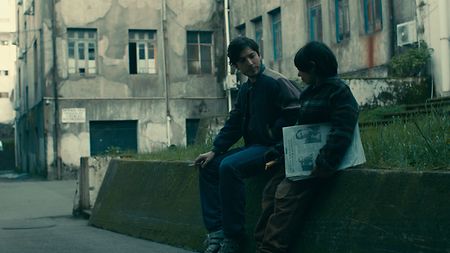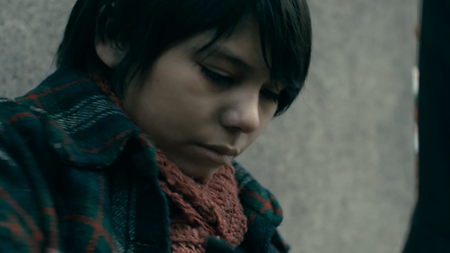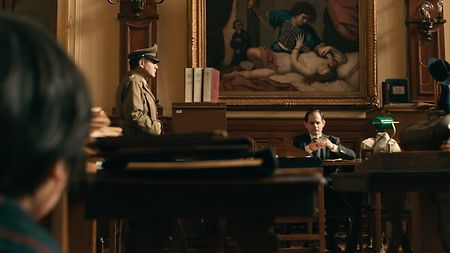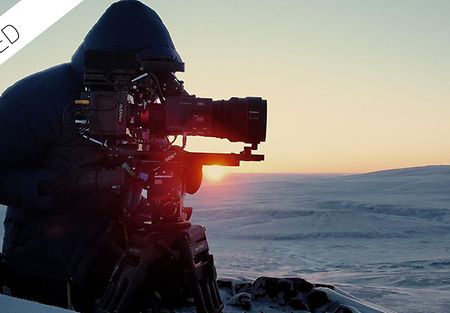“Shoe Shiner” is a personal account of family history that inevitably surfaced after many years. The film recounts a story from a turbulent past. “Images of Chile during the 1980’s are images of a dark period in my country. It is something that we will never forget, and often, it is too painful to be remembered,” says André Gallegos. Shooting in the middle of winter in Talca, Chile, provided the stark backdrop. Andrés comments that, “the winter in Talca has a very particular aesthetic; it has a mist that gives a very unique characteristic to the city.” Utilizing mostly natural and practical lighting, Andrés captured a variety of gritty scenes with the young actor who played his grandfather. He chose the ALEXA Studio camera because he felt that it most closely matches celluloid and allowed him to “convey a look of an ambiguous and diffuse memory.” Here he tells us how “Shoe Shiner” came about and how he approached the production.

Andrés Gallegos on his short film “Shoe Shiner”
Chilean cinematographer and ASC Heritage Award nominee, Andrés Gallegos, shares his experience at the helm of the short film “Shoe Shiner,” shot with ARRI ALEXA Studio camera.




